Phonics Teaching Resources
Make teaching phonics easy with printable phonics worksheets, activities, games and more designed for primary teachers.
This collection of Australian curriculum-aligned teaching resources has been carefully reviewed by our expert teaching team to make sure every resource is classroom-ready — so we can make your lesson planning easier!
New to teaching phonics, or just looking for new ways to engage your students? Read on for a primer from our teacher team!
What Is Phonics?
You've likely heard the word 'phonics' thousands of times throughout your own education and maybe on one of those old as from the '90s. But what is phonics, exactly?
Phonics is technically defined as the systematic instruction of the relationships between letters and sounds in written language. But that's a mouthful, isn't it? More simply, phonics is the word we use to refer to the method of teaching reading by focusing on the relationship between written letters and the sounds they represent.
In phonics, kids learn how to decode written words by recognising the sound-symbol correspondence.
Phonics vs. Phonemic Awareness
When we start talking about letters and their sounds, we start to wander into phonemic awareness territory. So what's the difference?
The words phonics and phonemic are similar, and the two concepts are — surprise, surprise — related. But there are key differences.
Phonemic awareness is essentially the ability to identify and manipulate individual sounds — aka phonemes — in spoken language. It's those individual sounds and their correspondence to the letter symbols that can be used by kids to then decode written words.
So students learn to recognise the individual sounds of spoken language (phonemes) and how these sounds can be represented by letters (graphemes) in written language. Then they apply this knowledge to decode written words by understanding the sound-symbol correspondence.
Consider this example:
- Let's say your student can identify the separate sounds in a spoken word such as 'cat' (i.e., /k/ /a/ /t/). That's phonemic awareness.
- Now let's say you're teaching that same student that the letter 'c' represents the /k/ sound and that the letter 'a' represents the /a/ sound, and that these sounds combine to form the word 'cat.' That's phonics!
How to Teach Phonics in Primary School
OK, you probably already know that phonics is all about teaching word recognition via grapheme-phoneme associations and letter-sound correspondences.
It’s a means of teaching early readers the pieces that make up a word so they can blend them together to decode the English language as readers and writers.
But how do you teach it?
In the earliest stages, phonics instruction typically begins with teaching students the most common letter-sound relationships. You start with consonants, then move on to vowels, then consonant blends.
Students then learn to sound out words by decoding the letters and blending the sounds together to form words.

Phonics Vocabulary Terms to Remember
The English language system is one of the hardest to teach and learn, so how do you teach phonics? Let’s start with the phonics vocabulary.
- For starters, there are 26 letters that create approximately 44 phonemes, the word for the individual speech sounds that make up words. Put together, phonemes make words. OK, easy enough, right?
- Well, these phonemes can be written in more than 200 different letter combinations, known as graphemes. Graphemes can be made up of 1 letter (such as 'p' in 'pig'), 2 letters (such as 'gh' in ghost), 3 letters (such as 'igh' in night), or 4 letters (such as 'ough' in rough).
- Then there are digraphs or two letters that work together to make one sound — such as “ph” in graph. But wait, isn’t that a grapheme? Yup, a digraph is a type of grapheme.
- So is a trigraph, trigraphs, aka three letters that work together to make one sound, such as 'dge' in edge.
- And if you’re teaching phonics, you can’t forget dipthongs, the name for a sound that is formed by the combination of two vowels in a single syllable, such as 'ou' in loud.
Most students will spend foundation, year 1 and even year 2 getting a handle on all phonics elements!
- Plus Plan
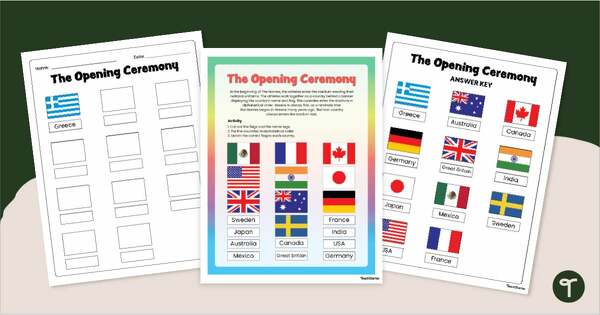
The Opening Ceremony - ABC Order Sequencing Activity
Practise ABC order skills with a printable Olympic Games Opening Ceremony cut-and-paste worksheet.
- Plus Plan

Decodable Text Worksheets – Common Consonant Digraphs (Set 1)
A set of 10 decodable text worksheets for early readers.
- Plus Plan
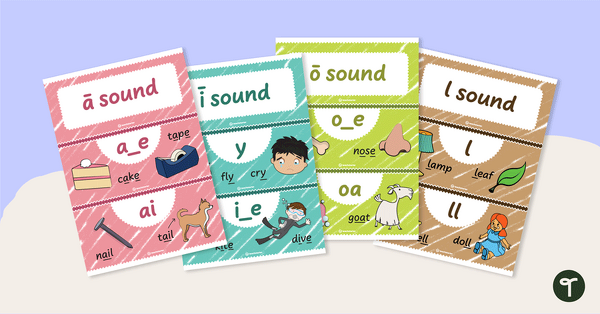
Phonics Sound Wall Display
Build a classroom sound wall to match your phonics programs and literacy progressions with a printable sound wall display.
- Free Plan
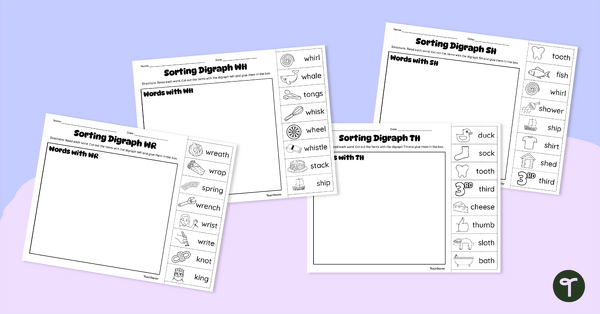
Consonant Digraph Cut-and-Paste Worksheets
Reinforce your students' knowledge of digraphs with this set of cut-and-paste worksheets.
- Plus Plan
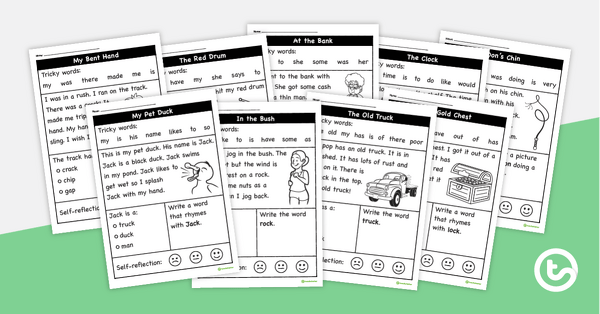
Decodable Text Worksheets – Common Consonant Digraphs (Set 2)
A set of 10 decodable text worksheets for early readers.
- Plus Plan
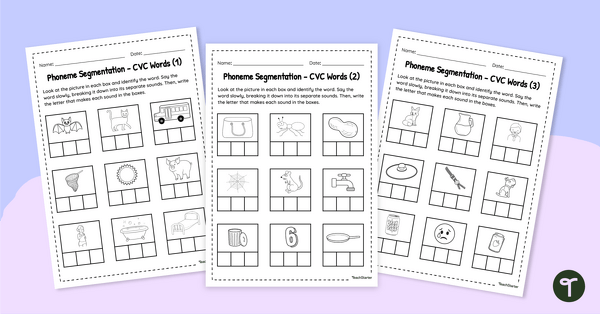
Phoneme Segmentation Worksheets - CVC Words
Use this worksheet pack to give students practice at segmenting words into phonemes.
- Plus Plan
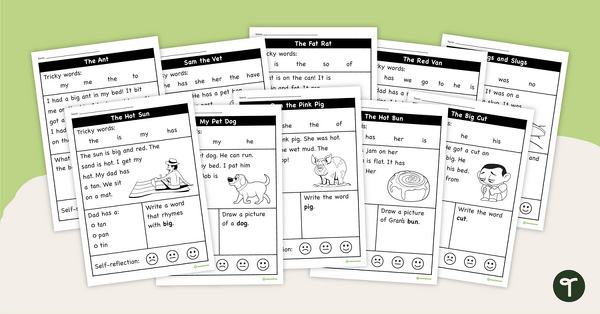
Decodable Text Worksheets - Single Graphemes (Set 1)
A set of 10 decodable text worksheets for early readers.
- Plus Plan
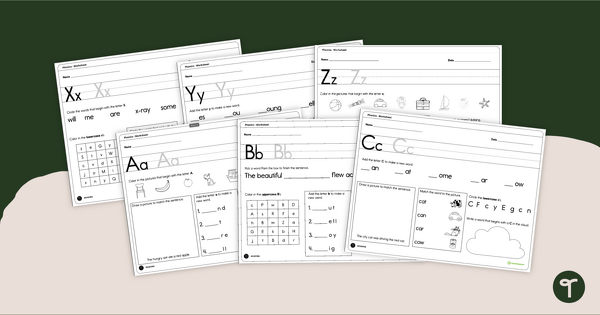
My Alphabet Book - Printable Alphabet Worksheets
An alphabet booklet to use in the classroom when learning letter recognition.
- Plus Plan
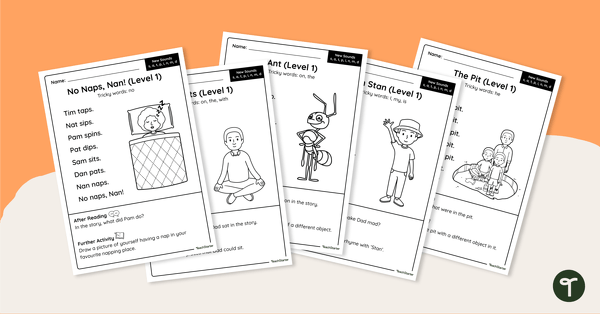
Level 1 Decodable Readers - Worksheet Pack
A set of one-pager worksheet versions of the texts from our Level 1 decodable readers.
- Plus Plan
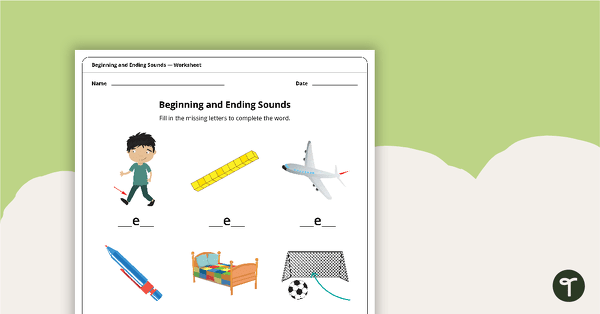
CVC Beginning and Ending Letters Worksheet Pack
Practise identifying missing beginning and ending sounds and letters in this set of 10 CVC worksheets.
- Plus Plan
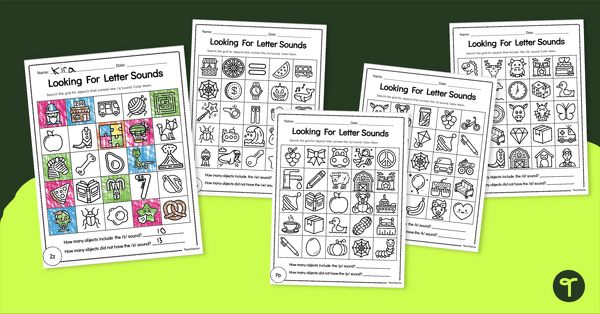
Letter Sound Worksheets - Initial, Medial, and Final Positions
Practise isolating initial, medial, and final letter sounds with a fun set of Letter Sound Worksheets for Year 1.
- Plus Plan
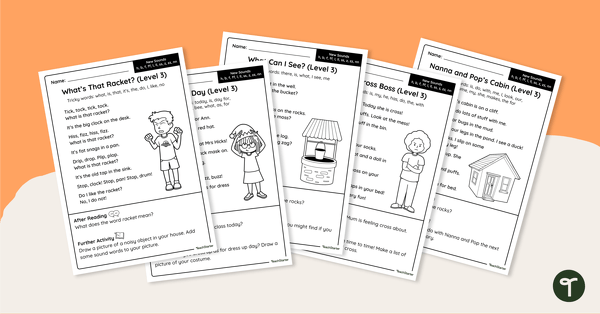
Level 3 Decodable Readers - Worksheet Pack
A set of one-pager worksheet versions of the texts from our Level 3 decodable readers
- Plus Plan
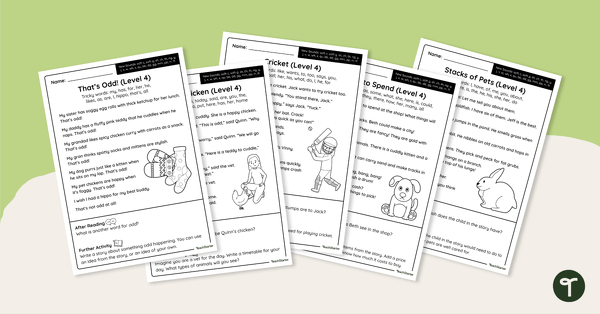
Level 4 Decodable Readers - Worksheet Pack
A set of one-pager worksheet versions of the texts from our Level 4 decodable readers.
- Plus Plan
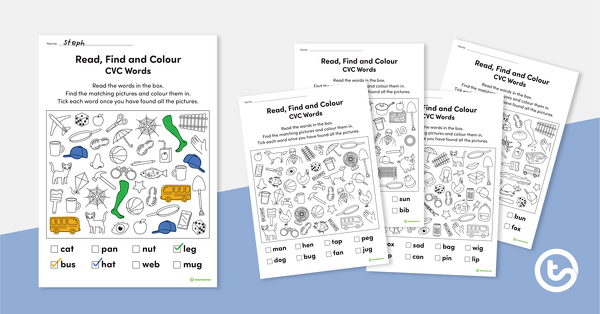
Read, Find and Colour – CVC Words
Consolidate your students' decoding skills with this set of search and find worksheets.
- Plus Plan
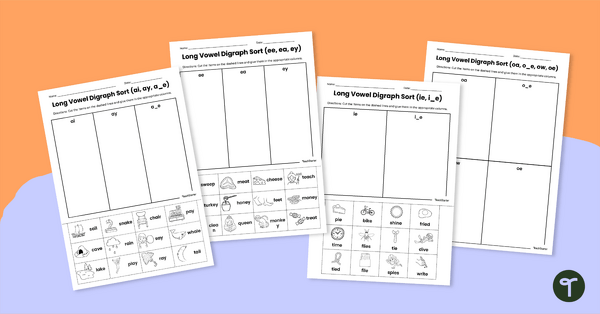
Long Vowel Digraph Sort Cut-and-Paste
Reinforce your students' knowledge of long vowel digraphs with this set of cut-and-paste worksheets.
- Plus Plan
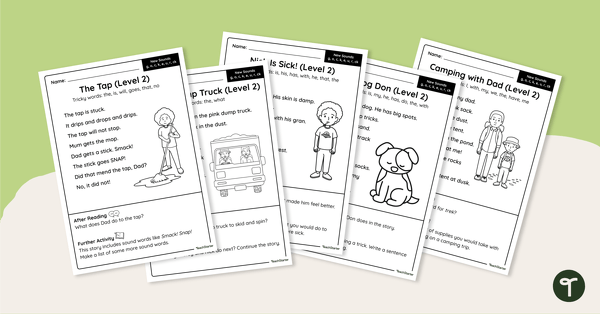
Level 2 Decodable Readers - Worksheet Pack
A set of one-pager worksheet versions of the texts from our Level 2 decodable readers.
- Plus Plan
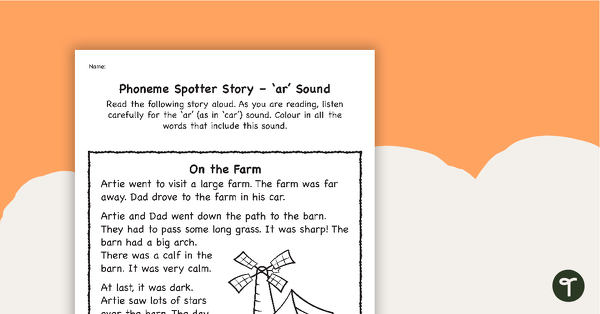
Phoneme Spotter Story – 'ar' Sound
A decodable text featuring various graphemes that make the 'ar' sound.
- Plus Plan
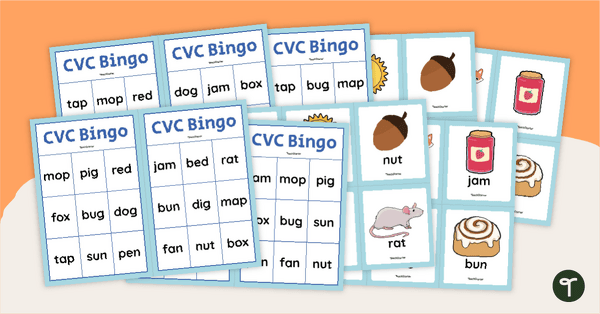
CVC Words Bingo Game
Practise decoding simple CVC words with this set of printable Bingo boards.
- Plus Plan
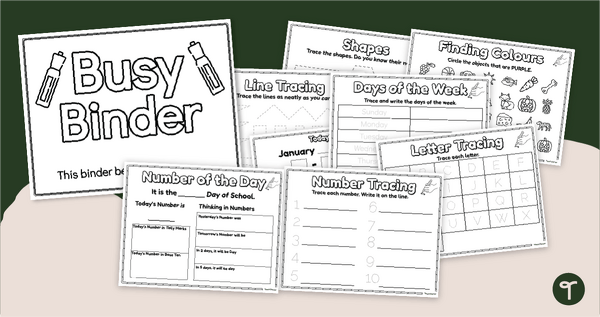
Busy Binder - Morning Work Pages for Kindergarten
Review daily calendar, maths, literacy, and fine motor skills with a printable morning work pages for kindergarten!
- Plus Plan
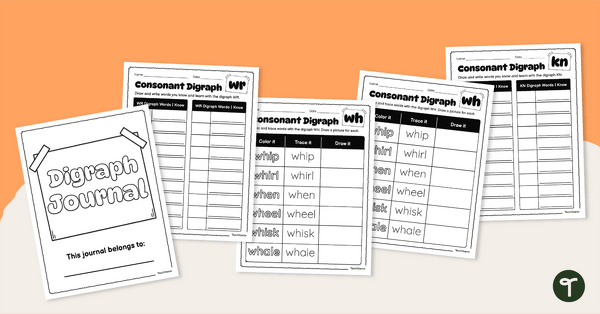
Consonant Digraph Phonics Journal
Help students remember and record words and examples of different consonant digraphs during your phonics lessons.
- Free Plan
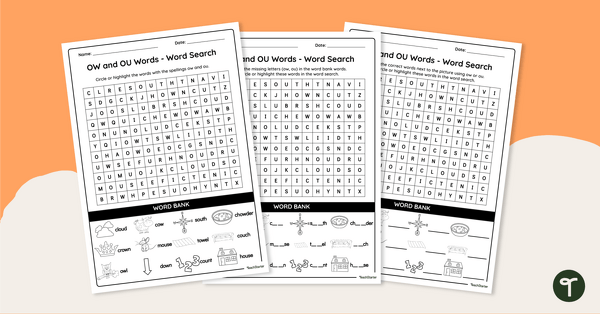
OW and OU Words - Word Search
Explore words containing ‘ow’ and ‘ou’ with this set of differentiated word searches.
- Plus Plan
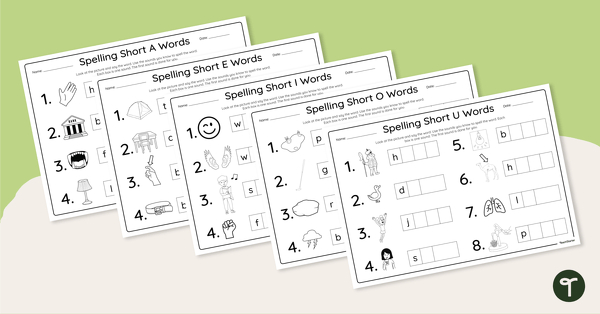
Spelling CVCC Words - Worksheets
Develop students’ ability to segment and blend the sounds in CVCC words with this set of differentiated worksheets.
- Plus Plan
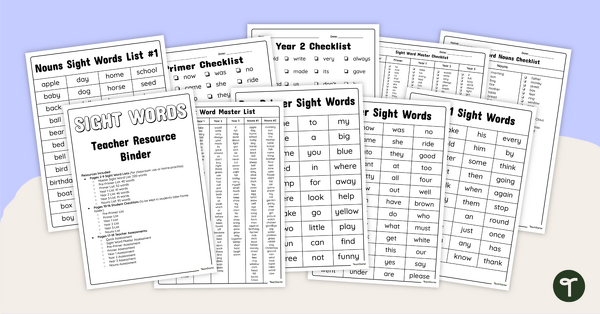
Sight Word Lists – Teacher Resource Binder
Use this collection of checklists, student pages and quick-check assessments when reviewing Dolch sight words spanning from pre-primer to year 3.
- Plus Plan
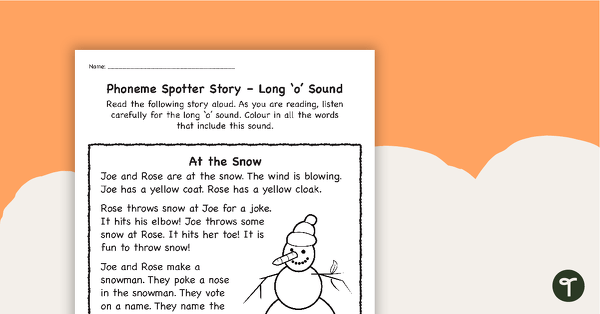
Phoneme Spotter Story – Long 'o' Sound
A decodable text featuring various graphemes that make the long 'o' sound.
- Plus Plan
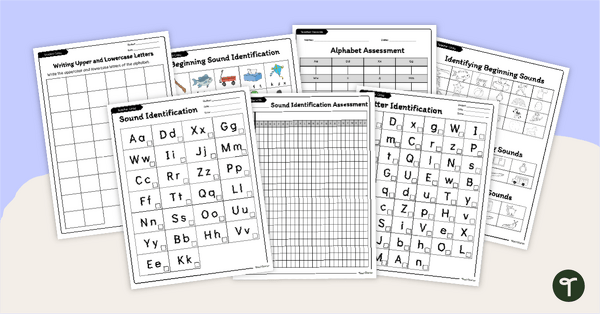
Alphabet Letter-Sound Assessment Pack
Assess your students abilities to write their names, identify letters, letter sounds, and initial/middle/ending sounds with a printable alphabet assessment pack.
- Plus Plan
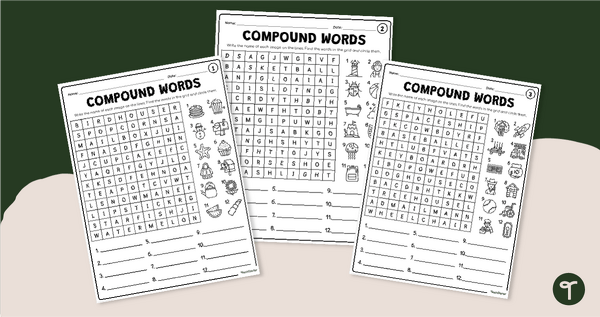
Compound Words - Word Search Pack
Search, find, and spell compound words with a fun set of Compound Word Word Search Puzzles!
- Plus Plan
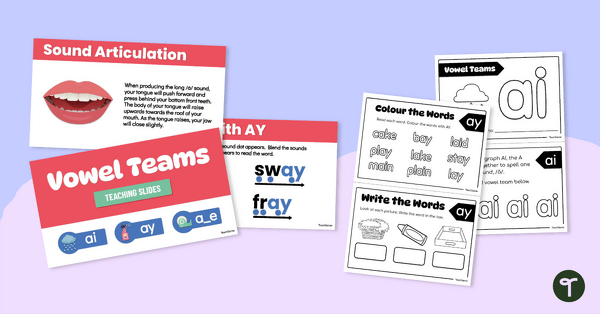
AI, AY and A_E Vowel Team Lesson Resource Pack
Introduce students to AI, AY, and A_E vowel digraphs with this set of teaching slides and mini activity book.
- Plus Plan
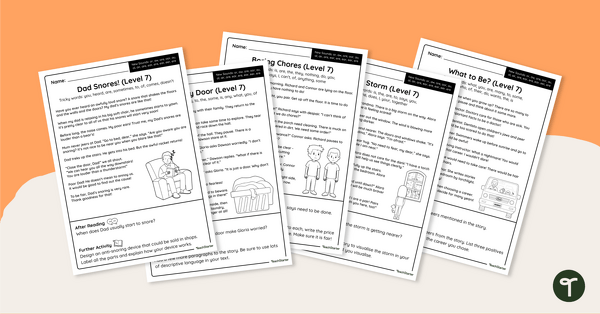
Level 7 Decodable Readers - Worksheet Pack
A set of one-pager worksheet versions of the texts from our Level 7 decodable readers.
- Plus Plan
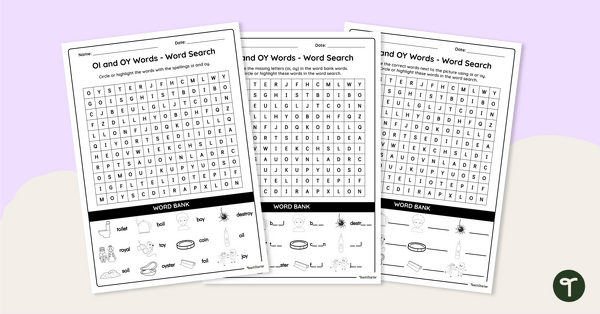
OI and OY Words - Word Search
Explore words containing ‘oi’ and ‘oy’ with this set of differentiated word searches.
- Plus Plan
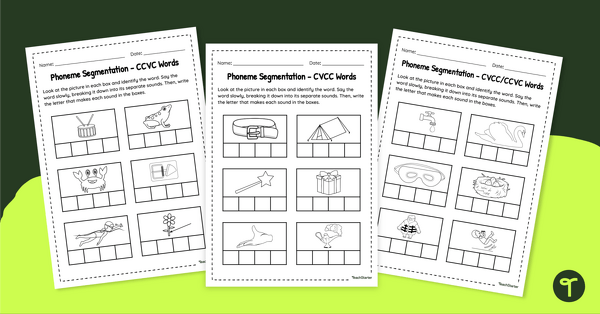
Phoneme Segmentation Worksheets - CVCC/CCVC Words
Use this worksheet pack to give students practice at segmenting words into phonemes.
- Plus Plan
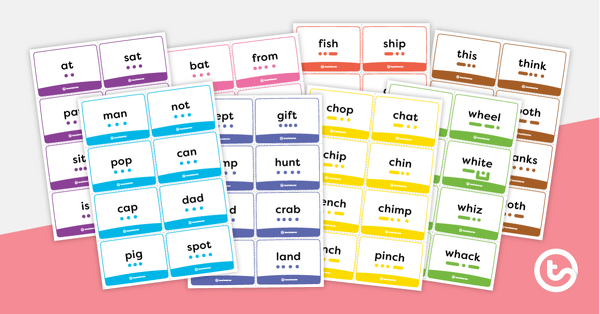
Decodable Sound Button Flashcards – Set 1
A set of over 100 decodable sound button flashcards.
- Plus Plan
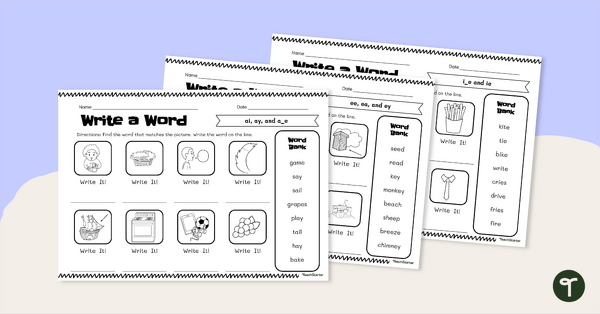
Long Vowel Digraph Writing Worksheet
Learn to encode long vowel digraphs with this set of writing worksheets.